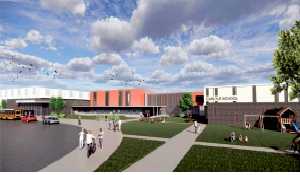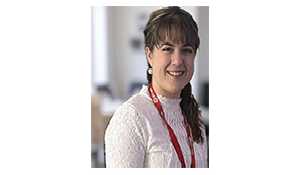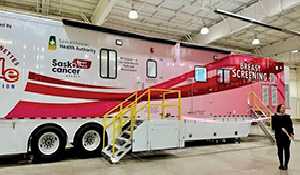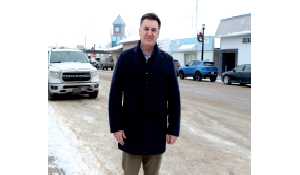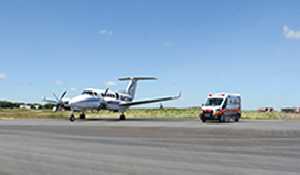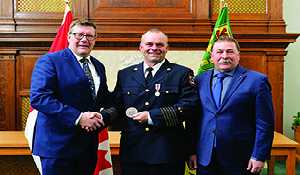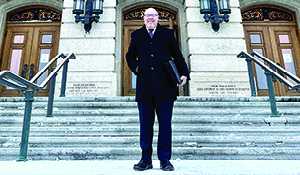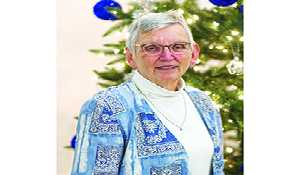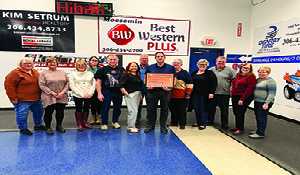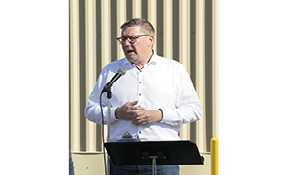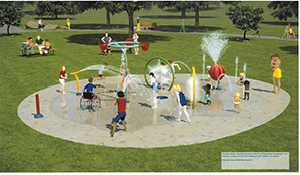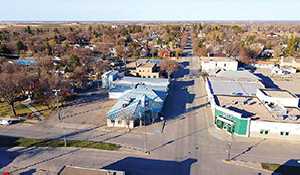Sask Health stats show local population is still growing
December 19, 2017, 1:57 am
Kevin Weedmark
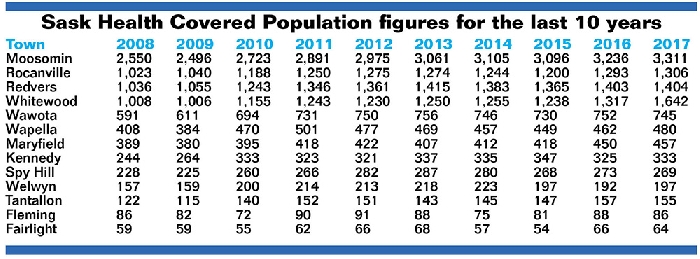

Local populations continue to grow, according to covered population figures recently made public by Saskatchewan Health.
The covered population statistics are not a census, but report how many people of each age group list a community as home.
The covered population includes everyone with a Saskatchewan health card, so it may not include some people who have recently moved from out of province or out of the country, while it may include students who are away at university or those who have recently moved away.
The numbers are collected as of June 30 each year. The numbers for 2017 were recently released by the health ministry.
The latest numbers from Saskatchewan Health show 3,311 people listed in Moosomin, up 215 in the last two years and up 761 from a decade ago.
The overall trend the health ministry’s stats show is a steady increase in population in communities in the Moosomin area over the last decade.
The total covered population of towns and villages in the area was 7,901 in 2008 and 10,449 in 2017—an increase of 2,548 over a decade.
Most communities in the area are showing growth.
Saskatchewan Chamber of Commerce CEO Steve McLellan says the figures reflect the growth in southeast Saskatchewan.
“Overall there is no question I think your part of the province is on a very positive slant,” he said. “You’ve got more businesses going which is a sign both of market demand and business confidence, so you’ve got existing businesses expanding, you’ve got new businesses that have come over the last decade. It is a very positive sign.”
He said he believes some provincial policies have contributed to the growth.
“One thing is the youth retention efforts,” he said. “Young people can, if they stay in the province, get a tax credit on their income back against their tuition, so there is a cost saving there, and there are jobs. Those are the first two things; it’s the economics that keep people there.”
“The other piece is immigration. This is where the province has also done well in the last decade.
“They said immigration is critical to the future and they facilitated the processes through the immigrant nominee program primarily that brought lots of people into Saskatchewan.
“A lot of provincial growth overall is immigrant numbers and that’s where the province did well, and what the communities have done is when those newcomers came to our communities—those communities that have been successful retaining them—they worked hard to keep them and that’s critical.
“We don’t have a problem with people moving into Saskatchewan—where we have had problems is when people leave. Communities that keep their immigrants, that keep their young people, and that keep their retirees, those are the ones who have a greater regional market for consumers, and their quality of life is enhanced because you have got more people attending events, more people putting on events, be it theatre, or music whatever it happens to be.
“And then when you go to the schools the new family takes their children to grade one or grade four, the classroom looks good, full, diverse. It is a positive environment. Then people say ‘okay this a place we could call home,’ and whether you’re originally from India or China or the Philippines, if you feel welcome and it feels like home, people will stay. That is what communities have done to retain the population.
“It is absolutely critical that people do that consciously and intentionally because otherwise it can be difficult for newcomers—it is a different culture and small towns can be cliquey. There are stories I hear where people say ‘I moved here and married my husband here 37 years ago and I’m still the new person in town.’ That kind of thing can still happen, but as we get more progressive in rural and urban Saskatchewan and we embrace our new residents from any part of the country or the world, they feel like it is home.
“150 years ago on the same land you’re standing on right now the people who stayed are the ones that were made to feel welcome and that is why our community, our province, has prospered, and that is critical. And I would argue that when you have Filipinos buying homes and starting businesses, Moosomin has done that successfully.”
McLellan said there is more the province can do to encourage people to stay.
“One of them is from an immigrant entrepreneur perspective—I have seen across the province some very, very positive examples. But sometimes the cultural difference makes operating a business very difficult and service standards from one part of the world to another may be different. So the provincial government—or maybe it’s a Chamber of Commerce thing, we haven’t stepped up on this either—should be training and offering this type of advice so that when the junior hockey team comes in and asks a new business for a $10 coupon for a raffle they always say yes just because that is what the community does. That is the first thing, making sure these people don’t make mistakes unknowingly because they just didn’t know that we expect certain things from businesses in our communities.
“The second thing is the internet—making sure that in rural Saskatchewan internet is exceptional so there is no way anyone can say I am a commodities trader or I am a consultant and I can’t do my job out of Moosomin, Saskatchewan or Wapella, Saskatchewan. People want to live where people want to live, and we need to make sure they have what they need, and one thing the government can do is make sure internet access is absolutely great out there.
“The third thing I would suggest is education, both post secondary and most importantly K-12. We have some really good schools in rural Saskatchewan, and with some innovation and new technology we can add a lot more options in education. There is some expense to it but it’s nowhere near as expensive as not having that access. So internet, a welcoming community and a good solid education system—those are key.”


